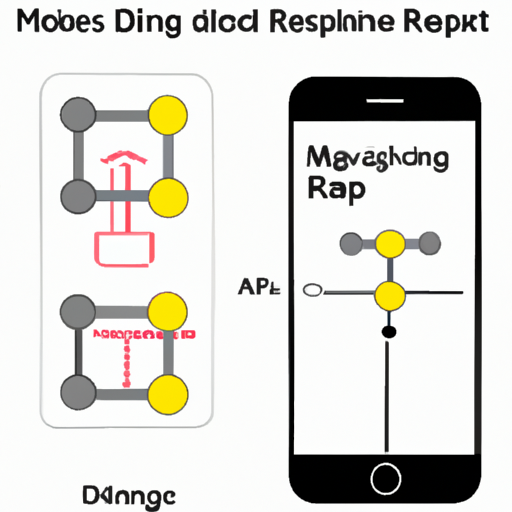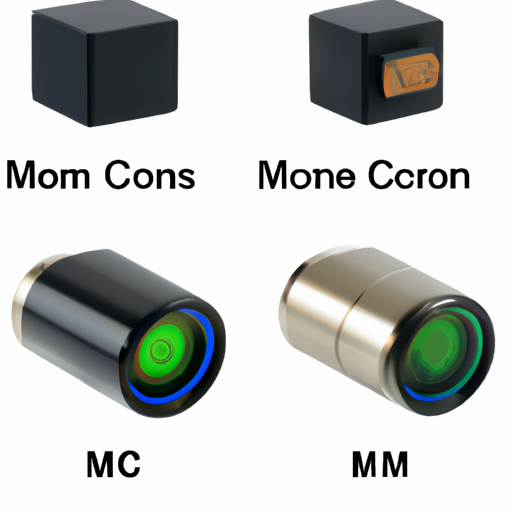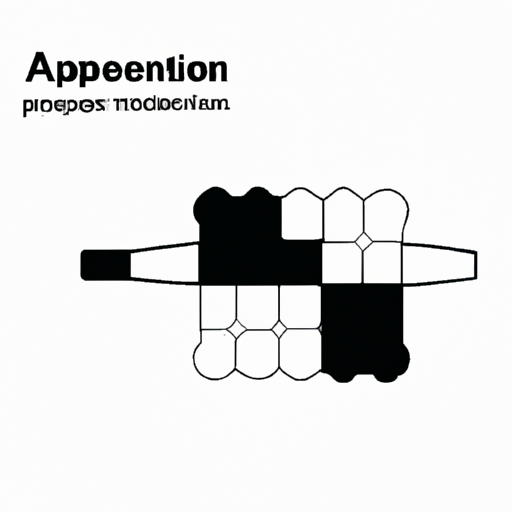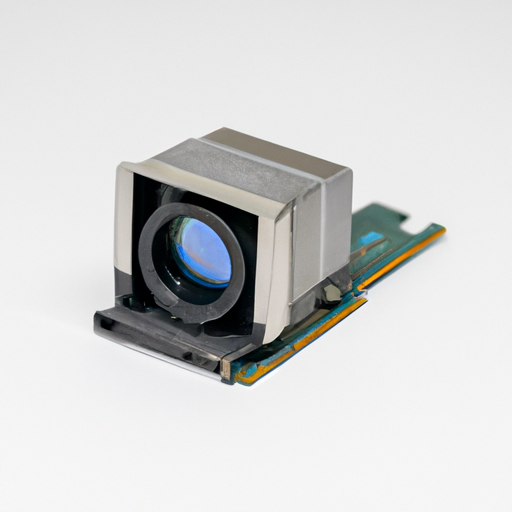application development in RTD (Resistance Temperature Detector) for MM74HC174N: key technologies and success stories
Application Development in RTD (Resistance Temperature Detector) for MM74HC174N: Key Technologies and Success Stories
Developing applications that utilize Resistance Temperature Detectors (RTDs) in conjunction with the MM74HC174N, a hex D-type flip-flop, involves several key technologies and methodologies. Below, I outline some of the essential components, technologies, and potential success stories related to this integration.
Key Technologies
| 1. RTD Basics | |
| 2. Signal Conditioning | |
| 3. Digital Logic with MM74HC174N | |
| 4. Microcontroller Integration | |
| 5. Software Development | |
| 1. Industrial Temperature Monitoring | |
| 2. Home Automation Systems | |
| 3. Medical Devices | |
| 4. Environmental Monitoring | |
| 5. Automotive Applications |
Success Stories
Conclusion
The integration of RTDs with the MM74HC174N in application development offers a robust solution for temperature measurement and control across various industries. By leveraging signal conditioning, microcontroller capabilities, and effective software development, developers can create innovative and efficient systems that meet the demands of modern applications. The success stories highlight the versatility and effectiveness of this technology combination in real-world scenarios, showcasing its potential to enhance efficiency, safety, and user experience across diverse fields.






